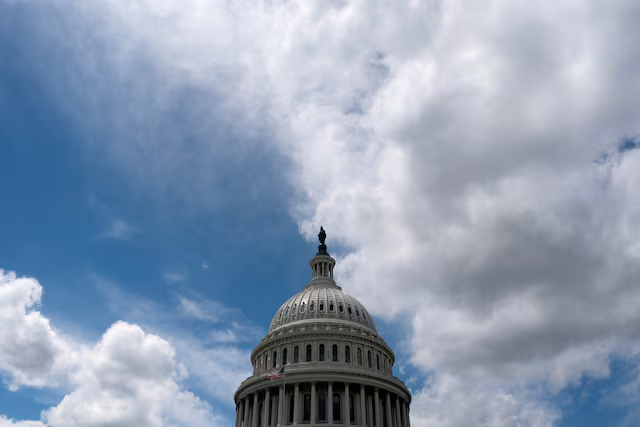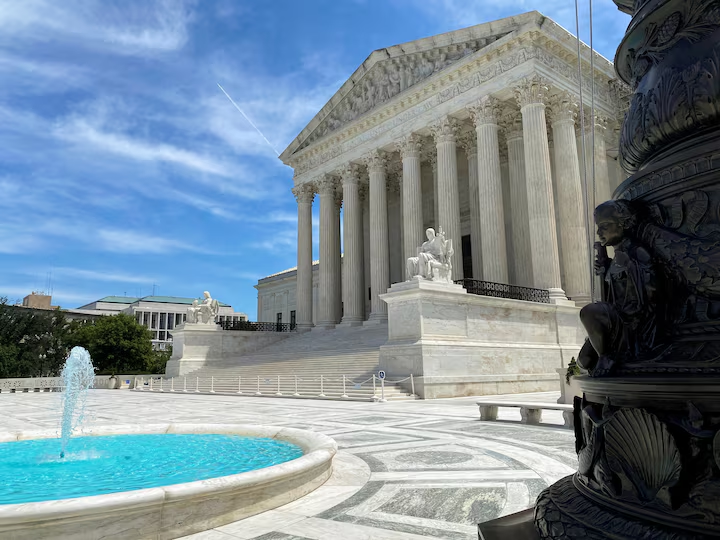Amid heightened policy uncertainty and political tensions over the U.S. borrowing limit, the cost of hedging against a potential U.S. government debt default has surged. Credit default swap (CDS) spreads on U.S. sovereign debt—indicators of default risk—have risen to their highest levels since the 2023 debt ceiling crisis. Barclays reports increased trading volumes and market size, signaling growing investor concern. Key drivers include President Trump’s April 2 announcement of sweeping tariffs, which initially triggered a sharp selloff in Treasuries before a 90-day tariff pause stabilized markets somewhat. Despite this, measures of policy uncertainty embedded in bond yields remain elevated. The U.S. hit its statutory borrowing limit in January and has been using extraordinary measures to manage funding. Treasury Secretary Scott Bessent emphasized that the government will avoid default, but Barclays projects a potential “X-date” for running out of cash in late August or early September, which could arrive sooner amid an economic slowdown. As of May 2, investors held $3.9 billion in credit insurance on U.S. debt, up from $2.9 billion earlier in the year, making it the 12th most-traded CDS globally over the past three months.
Source: Reuters



